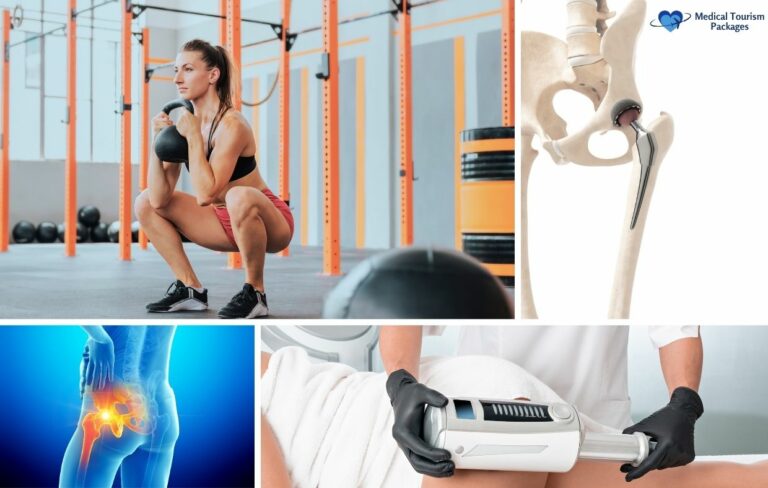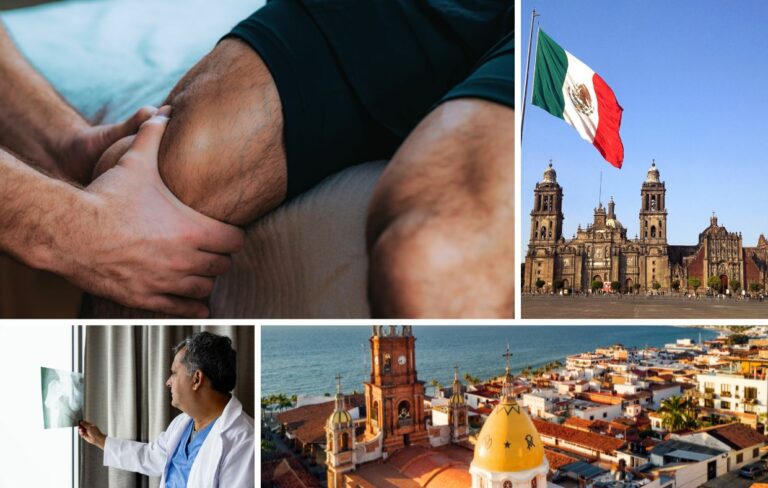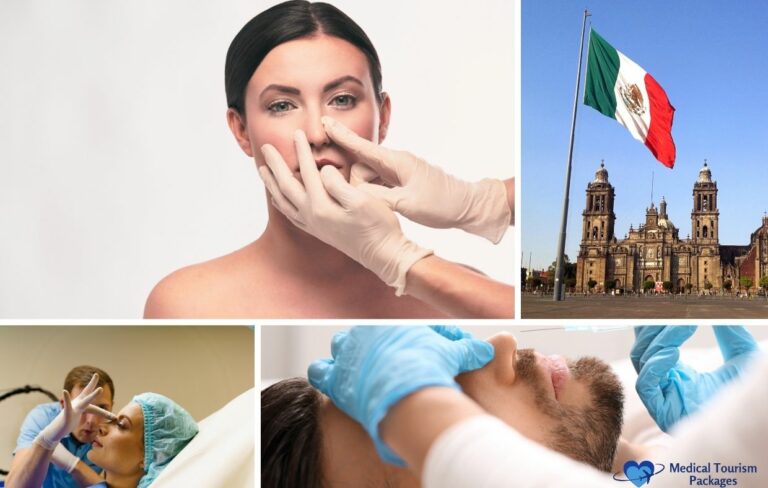Book Appointment Now
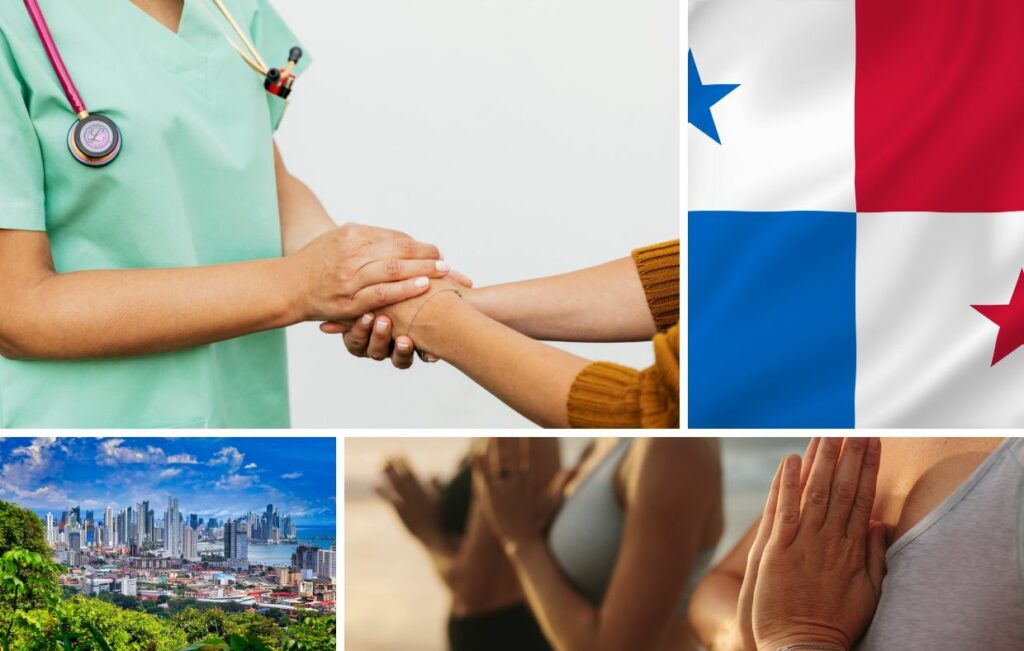
Is Panama Safe for Medical and Wellness Tourism in 2025?
If you’re considering traveling for a medical procedure, safety is everything. Panama has top-notch hospitals and a modern sheen, but what are the real risks? This guide gives you the verified, no-nonsense analysis for 2025.
So, is Panama safe for medical tourists? The short answer is yes—but it’s not that simple. It’s safe for the patient who does their homework and sticks to the country’s best private hospitals. Inside these facilities, you’ll find a level of care that meets U.S. standards. They are pretty well-insulated from the country’s street-level problems. The real risks aren’t about the quality of the surgery; they’re about things going wrong outside the hospital—logistical headaches from protests or, more seriously, the lack of legal options if you run into a case of malpractice. These are real problems, but you can plan for them.
Think of this article as your due diligence report. We’ll look at the hospitals, the risks on the ground, the financial setup, and your legal rights as a a patient. Everything here is based on 2024-2025 data, official government advisories, and insights from people who actually work in the field.
The Rundown
- The Hospitals Are Solid. Panama’s best private hospitals are the real deal, operating at U.S. standards and affiliated with big names like Johns Hopkins. Inside these clinics, you are exceptionally safe.
- The Crime Isn’t Where You Are. The scariest crime warnings from governments are for remote areas like the Darién Gap—places you won’t be going anywhere near for a hip replacement.
- City Smarts Required. In the nice parts of Panama City where you’ll be staying, the main issue is petty theft. It’s a manageable problem if you use the same common sense you’d use in any big city.
- The Legal Risk is Real. Here’s the big catch: Panama’s medical malpractice laws are seriously underdeveloped. If something goes wrong, you have very few clear legal options. It’s not like the U.S. or Europe.
- The U.S. Dollar Helps. Panama uses the U.S. dollar, which is a huge plus. It gets rid of currency risks and makes all the costs straightforward and stable.
Panama has worked hard to become a top spot for medical travel, using its stable government and dollar-based economy to its advantage. Let’s break down what that means for your safety.
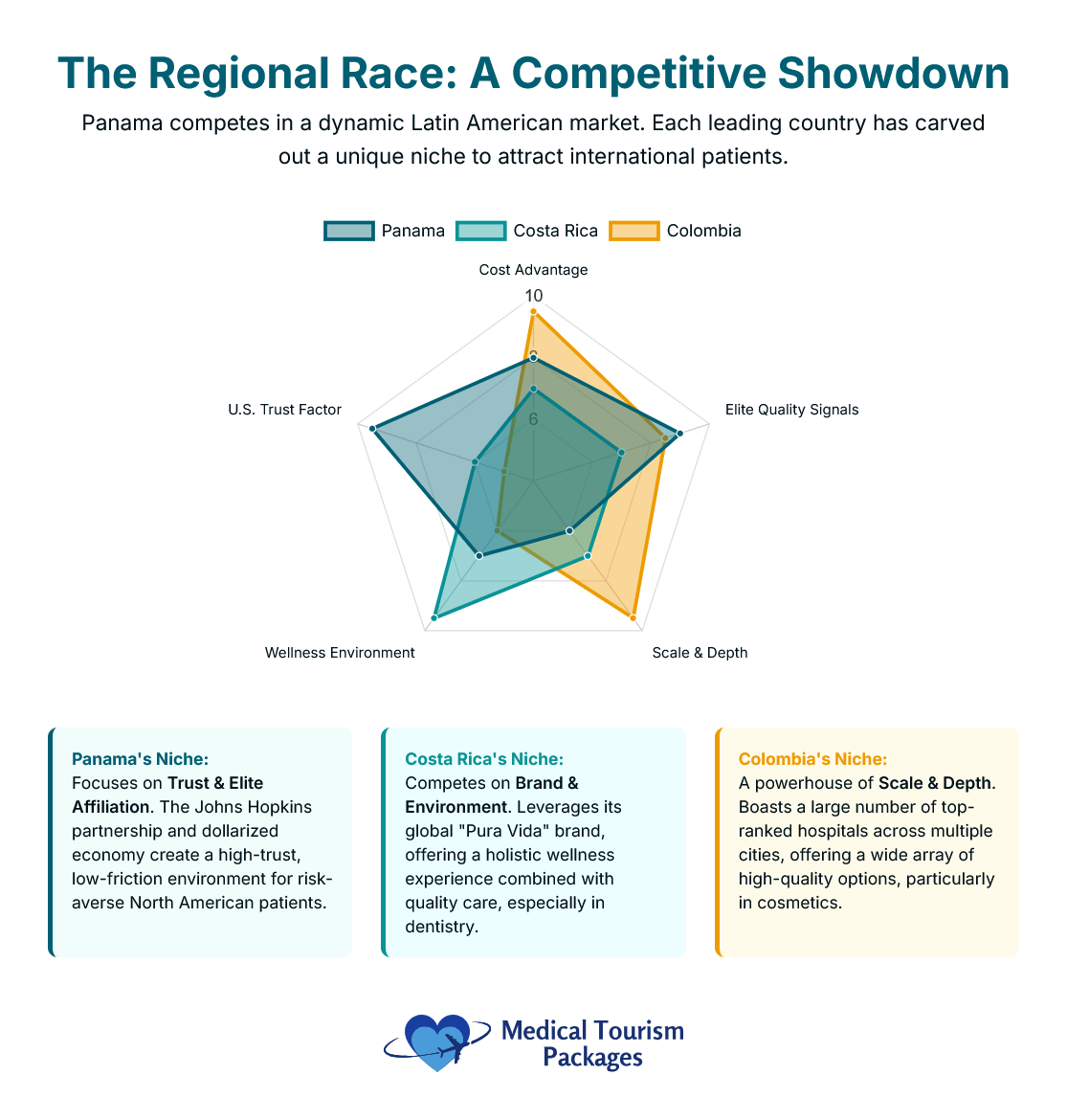
Inside the Operating Room: Panama’s Hospital Report Card
The foundation of Panama’s medical tourism pitch is its elite private hospitals. For any patient, this is what matters most. The private sector here has spent a ton of money to meet global standards, creating little clusters of medical excellence.
What’s the care actually like in the top hospitals?
It’s excellent—honestly comparable to what you’d find in a good hospital in the United States. And that’s not just talk. The world’s top accreditation bodies have verified it. As of June 2025, Pacífica Salud Hospital Punta Pacífica and Clinica Hospital San Fernando both have active Joint Commission International (JCI) accreditation. For context, that’s the same group that accredits top U.S. hospitals. On top of that, The Panama Clinic has an “Excellence in Medical Tourism” certification from Temos, a respected German firm.

A lot of the top doctors are U.S.-trained and speak perfect English, which helps. The affiliation between Pacífica Salud and Johns Hopkins Medicine International isn’t just for show—it’s an active partnership that includes training and protocol development, which you can verify on both of their websites.
How do their safety numbers stack up?
Panama doesn’t have a public database of hospital infection rates like the CDC provides in the U.S., which is a bit of a blind spot. But, getting JCI-accredited in the first place means a hospital has to have very low infection rates and solid safety programs. A 2022 study at Pacífica Salud found that patients rated “communication from nurses” as a top factor in their satisfaction—a good sign that they’re focused on the patient experience.
What if there’s an emergency?
The best private hospitals have their own ambulance services. This is a big deal, because the public system can be slow and unreliable. If you’re a patient at The Panama Clinic or Pacífica Salud, you have access to their dedicated, high-quality emergency transport. They’ve also gotten quite good at post-procedure care, with telemedicine platforms ready for follow-up consults after you’ve gone home.
Facility Comparison: Top Accredited Hospitals for Medical Tourism (Verified June 2025)
| Hospital Name | Location | Key International Accreditations | Key International Affiliations | Noteworthy Features |
|---|---|---|---|---|
| Pacífica Salud Hospital Punta Pacífica | Panama City | Joint Commission International (JCI) | Johns Hopkins Medicine Int’l | JCI-Certified Primary Stroke Center, private pediatric ER. |
| Clinica Hospital San Fernando | Panama City | Joint Commission International (JCI) | Tulane Medical Center, Baptist Health | First hospital in Panama to receive JCI accreditation (2011). |
| The Panama Clinic | Panama City | Temos (“Excellence in Medical Tourism”) | N/A | A brand-new facility, opened in 2020. |
| Hospital Paitilla | Panama City | Local Accreditation | Cleveland Clinic | Affiliation confirmed by both institutions. |
| Hospital Nacional | Panama City | Local Accreditation | N/A | A long-standing, respected private hospital. |
Beyond the Hospital Walls: Staying Safe in Panama
Your medical trip isn’t just the time you spend in a hospital bed. You have to get there, stay somewhere, and move around. The U.S. Department of State has a “Level 2: Exercise Increased Caution“ advisory for Panama (as of June 2025), so let’s unpack that.
Putting Crime in Perspective
The official warnings sound scary, but you have to read the fine print. The worst crime happens in places you’ll never go. The main risk in the modern, polished districts like Punta Pacífica and Costa del Este—where you’ll likely be—is getting your pocket picked or your purse snatched. Violent crime is pretty low here. A 2024 police report actually noted a drop in robberies in these areas because they’ve upped their police presence. You can handle this risk.
Getting Around Safely
Panama’s infrastructure is a real asset. Tocumen International Airport (PTY) is a big, modern, and secure airport. The highways from there to the hospital districts are in good shape. For getting around town, just be smart:
- Use Uber or have your hotel call a trusted car service. Don’t just hail a cab on the street.
- Leave the flashy watch and jewelry at the hotel. Don’t wave around a big wad of cash.
- Stay at a good hotel that has its own security.
The Real Annoyance: Protests
A more likely problem is getting stuck in traffic because of a protest. It happens a lot. Protesters will block major roads, and while it’s rarely violent, it can shut down parts of the city for hours. The U.S. Embassy sent out alerts about this as recently as May 2025. The best way to deal with it? Just plan for it. Build an extra day or two into your schedule so a delay doesn’t make you miss a flight or a critical appointment.
Who to Call if Things Go Wrong
- National Police: 104
- U.S. Embassy in Panama City: +507 317-5000
- Canadian Embassy in Panama City: +507 294-2500
The Dollar Advantage: Why Panama’s Money is a Safety Feature
One of the best things about Panama, and something people often overlook, is the money. They’ve used the U.S. dollar as their official currency for over a century. This makes things clean, simple, and financially safe.
Why the Dollar Matters So Much
- No Surprises: The price you see is the price you pay. No need to worry about the exchange rate suddenly changing and your bill getting bigger.
- Easy Math: You can compare costs to U.S. prices directly, so you know exactly how much you’re saving.
- No Hassle: You can use your U.S. bank cards and credit cards just like at home. ATMs spit out U.S. dollars.
How to Pay
For the big hospital bill, a wire transfer is usually the way to go. For everything else—food, taxis, etc.—a credit card is your best bet since it comes with fraud protection. Just give your bank a heads-up that you’ll be traveling.
Insurance—Don’t Even Think About Skipping It
Panama has a limited, free insurance plan for tourists, but for someone getting surgery, it’s completely useless. The coverage—around $15,000—wouldn’t even begin to cover the cost of a serious complication. You must buy your own comprehensive travel medical insurance before you go. It’s not optional.
The Fine Print: Patient Rights and the Malpractice Reality
Understanding the local laws is a part of staying safe. Panama’s legal system is stable, but it’s very different from the one in the U.S.—especially when it comes to medical malpractice.
What are my basic rights?
A 2003 law (Law 68) gives you the right to be informed about your treatment and to keep your records confidential. It’s a solid foundation. There’s a newer bill in the works (Anteproyecto de Ley N° 69) to modernize these rights for the digital age, but as of mid-2025, it’s still just a bill.
The Elephant in the Room: Medical Malpractice
This is the single biggest risk you take when you get medical care in Panama. The country does not have a specific, modern law for handling medical malpractice. This creates a huge “malpractice gap.” If a doctor’s mistake causes you serious harm—or worse—there is no clear, straightforward legal path to get justice or compensation. It’s not a simple civil lawsuit like it would be in the States. You’d be navigating a confusing criminal system that isn’t built for these kinds of cases. It’s a risk you have to be aware of and accept before you go.
Paperwork You’ll Need
Citizens of the U.S., Canada, and most of Europe don’t need a visa for trips under 180 days. Just make sure your passport is valid for at least six more months.
Disclaimer: This is not legal advice. The information here about Panamanian law is for general awareness only. You should talk to a qualified lawyer in Panama to fully understand your rights and the legal risks.
Where to Go: Safest Spots for Treatment and Recovery
Panama City is the main event for medical care, but the country has other options depending on what you need.
- Panama City: This is where the top hospitals are. Stick to the Punta Pacífica and Costa del Este neighborhoods. They’re modern, safe, and have everything you need.
- Colón: Don’t go. It has serious security problems and is not a place for tourists.
- David: This is the main city in the western part of the country. The nearby mountain town of Boquete is cooler and much more relaxed—a great place to recover.
- Las Tablas/Azuero Peninsula: This is Panama’s cultural heartland. It’s a good spot for a wellness retreat in a safe, rural setting, but not for serious medical procedures.
- The Canal Zone: Old U.S. areas like Albrook and Clayton are very safe, green, and quiet.
Who Are You? Tailoring Your Safety Plan
Not everyone’s trip is the same, and different people have different needs.
- Seniors (65+): The tropical heat can be a lot. Make sure your hotel has good AC. The top hospitals here are well-equipped to handle older patients.
- Solo Travelers: Panama’s pretty safe if you’re on your own, but be smart. Tell people your itinerary. Use trusted car services.
- Patients with Disabilities: The newest buildings are accessible, but much of the country isn’t. You’ll need to double-check everything with your hotel and hospital and book any special transport way in advance.
- Families: Panama is quite family-friendly. Pacífica Salud even has a private pediatric emergency room, which is a big plus if you’re traveling with kids.
Looking Ahead: What’s Changing in 2025
The medical scene in Panama is always evolving, and mostly for the better.
- More Investment: The government’s “Plan Estratégico de Gobierno 2024-2029” has marked tourism as a priority, which means more money is flowing into infrastructure.
- Better Safety Protocols: Hospitals have kept and improved upon the strict infection-control rules they put in place during the COVID-19 pandemic.
- Telemedicine is Taking Off: With help from the World Bank, Panama is building out its telemedicine network. This is great for pre-trip consults and follow-ups.
- A Growing Reputation: With every new accreditation and successful, complex surgery, Panama’s reputation as a serious medical destination gets stronger.
Frequently Asked Questions
Panama offers a first-world medical product for a developing-world price. For the right patient—the one who does their homework and understands the risks—it’s a smart bet. For the unprepared, however, the risks are real, and the legal ones can be pretty scary.
Is Panama actually safe for a medical trip in 2025?
Yes, if you choose top private hospitals and plan ahead. These facilities operate at U.S. standards and are in secure areas. Risks are mostly minor, such as petty theft and travel delays due to protests.
How good are the hospitals, really?
The best private hospitals in Panama, like Pacífica Salud and Clinica Hospital San Fernando, meet international standards and are JCI-accredited. Many are affiliated with institutions like Johns Hopkins.
What is the single biggest risk I should be aware of?
The biggest risk is Panama’s weak medical malpractice system. If a procedure goes wrong, legal recourse is limited compared to the U.S. or Europe.
What about crime? Are the government warnings serious?
Government warnings mostly concern remote regions like the Darién Gap. In Panama City’s medical districts, crime is mostly limited to petty theft. Staying alert and following common sense precautions keeps you safe.
Do doctors speak English?
Yes, especially in top private hospitals. Many doctors are U.S.-trained and fluent in English, ensuring good communication with international patients.
Why is using the U.S. Dollar in Panama a big deal?
Using the U.S. dollar simplifies budgeting, eliminates currency exchange concerns, and allows easy use of U.S. bank cards, making your medical trip more convenient and predictable.
What are protests like and how do they affect medical travel?
Protests are common and can block roads for hours, causing major travel delays. They’re rarely violent, but it’s wise to add extra days to your itinerary in case of disruptions.
Do I really need to buy special insurance?
Yes. Panama’s free tourist insurance is not enough. You need a private, comprehensive medical travel insurance policy that includes surgical complications and emergency evacuation coverage.
Where are the safest areas to stay for treatment?
Punta Pacífica and Costa del Este in Panama City are the safest and most convenient areas for medical tourists. They host top hospitals and offer modern amenities.
How do I get around the city safely?
Use Uber or a trusted car service arranged by your hotel or hospital. Avoid hailing taxis on the street, especially if you’re unfamiliar with the area.

